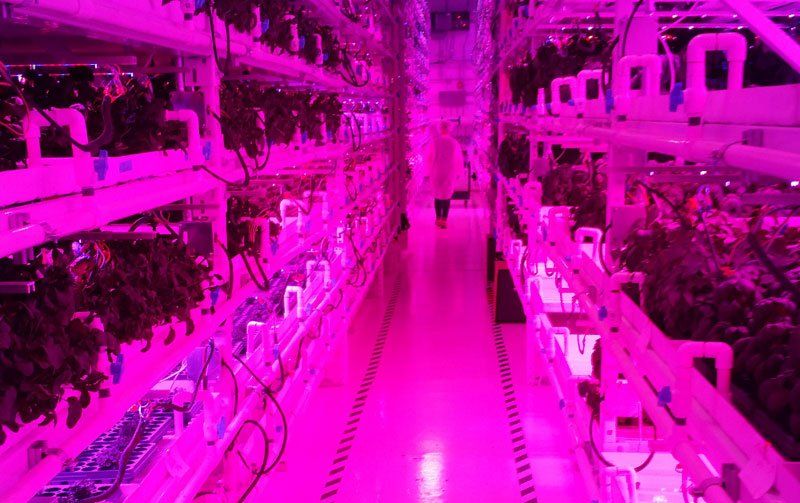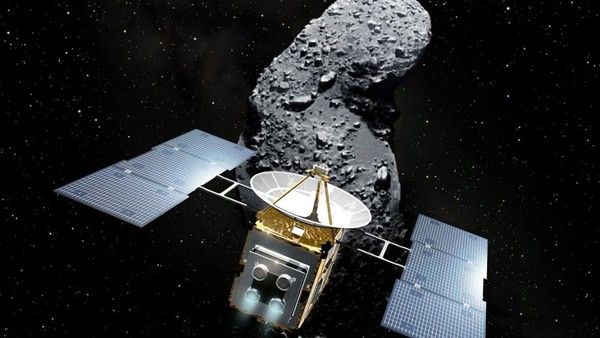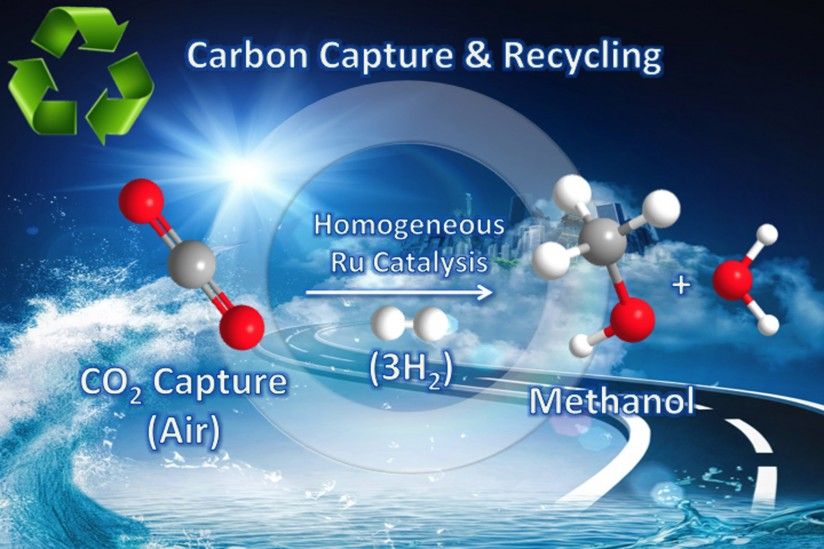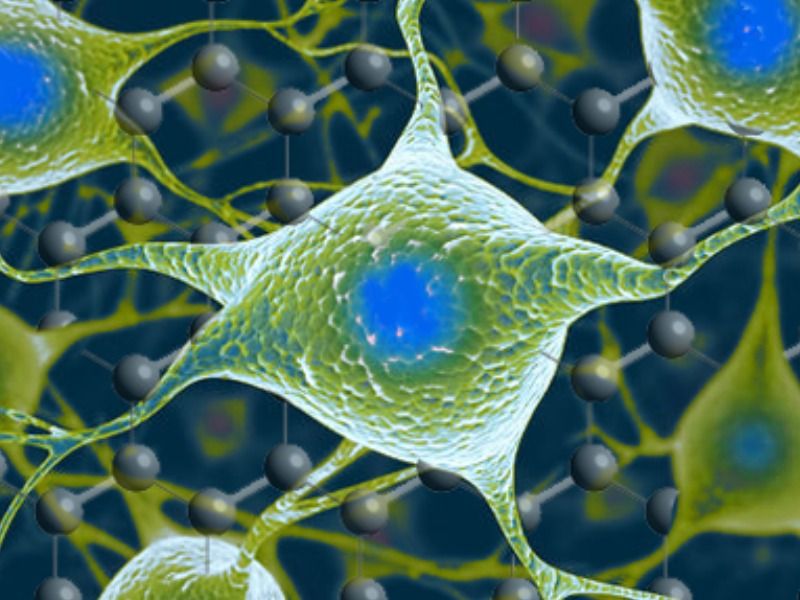
I cannot wait to see India’s version of DARPA — it is probably going to be amazing.
India is unable to spend its defence modernisation budget, says a report in this newspaper. Out of a current year allocation of Rs 63,675 crore, 40% remained unspent by end-December. This is bad not just for upgrading defence capability but also for Indian research and development and for Indian manufacturing.
It is time defence reimagined its entire strategy for procurement, using a portion of its typically large outlays to stimulate R&D in universities and specialised labs and private companies, and to give Indian companies, big and small, a chance to become suppliers of parts and equipment on a scale much larger than what obtains today. The key is to create an Indian equivalent of the Americans’ Darpa.
Continue reading “India has to build its own capability in R&D” »


















